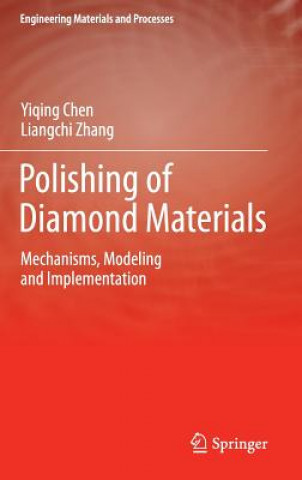
Kod: 01434435
Polishing of Diamond Materials
Autor Yiqing Chen, Liangchi Zhang
Diamond has a unique combination of properties, such as the highest hardness and thermal conductivity among any known material, high electrical resistivity, a large optical band gap and a high transmission, good resistance to chem ... więcej
- Język:
 Angielski
Angielski - Oprawa: Twarda
- Liczba stron: 174
Wydawca: Springer London Ltd, 2013
- Więcej informacji o książce

569.15 zł

Dostępna u dostawcy w małych ilościach
Wysyłamy za 12 - 15 dni
Potrzebujesz więcej egzemplarzy?Jeżeli jesteś zainteresowany zakupem większej ilości egzemplarzy, skontaktuj się z nami, aby sprawdzić ich dostępność.
Dodaj do schowka
Zobacz książki o podobnej tematyce
-

Diamond Handbook
98.98 zł -22 % -
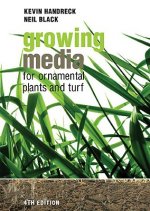
Growing Media for Ornamental Plants and Turf
243.74 zł -10 % -
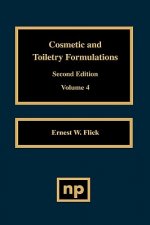
Cosmetic and Toiletry Formulations, Vol. 4
407.35 zł -

Real Ales
38.09 zł -23 % -
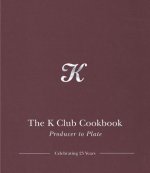
K Club Cookbook
235.48 zł -
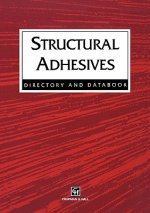
Structural Adhesives
1130.04 zł -
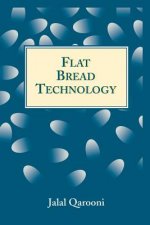
Flat Bread Technology
569.15 zł
Bon podarunkowy: Radość gwarantowana
- Podaruj bon o dowolnej wartości, a my się zajmiemy resztą.
- Bon podarunkowy dotyczy całej naszej oferty.
- Możesz wydrukować elektroniczny bon z e-maila a następnie przekazać go obdarowanemu.
- Ważność bonu wynosi 12 miesięcy od daty wystawienia.
Więcej informacji o Polishing of Diamond Materials
Za ten zakup dostaniesz 331 punkty
 Opis
Opis
Diamond has a unique combination of properties, such as the highest hardness and thermal conductivity among any known material, high electrical resistivity, a large optical band gap and a high transmission, good resistance to chemical erosion, low adhesion and friction, and extremely low thermal expansion coefficient. As such, diamond has been a desirable material in a wide range of applications in mechanical, chemical, optical, thermal and electrical engineering. In many of the cases, the surface of a diamond component or element must have a superior finish, often down to a surface roughness of nanometers. Nevertheless, due to its extreme hardness and chemical inertness, the polishing of diamond and its composites has been a sophisticated process. §Polishing of Diamond Materials will provide a state-of-the-art analysis, both theoretically and experimentally, of the most commonly used polishing techniques for mono/poly-crystalline diamond and chemical vapour deposition (CVD) diamond films, including mechanical, chemo-mechanical, thermo-chemical, high energy beam, dynamic friction and other polishing techniques. The in-depth discussions will be on the polishing mechanisms, possible modelling, material removal rate and the quality control of these techniques. A comparison of their advantages and drawbacks will be carried out to provide the reader with a useful guideline for the selection and implementation of these polishing techniques.§Polishing of Diamond Materials will be of interest to researchers and engineers in hard materials and precision manufacturing, industry diamond suppliers, diamond jewellery suppliers and postgraduate students in the area of precision manufacturing.Diamond has a unique combination of properties, such as the highest hardness and thermal conductivity among any known material, high electrical resistivity, a large optical band gap and a high transmission, good resistance to chemical erosion, low adhesion and friction, and extremely low thermal expansion coefficient. As such, diamond has been a desirable material in a wide range of applications in mechanical, chemical, optical, thermal and electrical engineering. In many of the cases, the surface of a diamond component or element must have a superior finish, often down to a surface roughness of nanometers. Nevertheless, due to its extreme hardness and chemical inertness, the polishing of diamond and its composites has been a sophisticated process. §Polishing of Diamond Materials will provide a state-of-the-art analysis, both theoretically and experimentally, of the most commonly used polishing techniques for mono/poly-crystalline diamond and chemical vapour deposition (CVD) diamond films, including mechanical, chemo-mechanical, thermo-chemical, high energy beam, dynamic friction and other polishing techniques. The in-depth discussions will be on the polishing mechanisms, possible modelling, material removal rate and the quality control of these techniques. A comparison of their advantages and drawbacks will be carried out to provide the reader with a useful guideline for the selection and implementation of these polishing techniques.§Polishing of Diamond Materials will be of interest to researchers and engineers in hard materials and precision manufacturing, industry diamond suppliers, diamond jewellery suppliers and postgraduate students in the area of precision manufacturing. §The Engineering Materials and Processes series focuses on all forms of materials and the processes used to synthesise and formulate them as they relate to the various engineering disciplines. The series deals with a diverse range of materials: ceramics; metals (ferrous and non-ferrous); semiconductors; composites, polymers, biomimetics etc. Each monograph in the series is written by a specialist and demonstrates how enhancements in materials and the processes associated with them can improve performance in the field of engineering in which they are used.Diamond has a unique combination of properties, such as the highest hardness and thermal conductivity among any known material, high electrical resistivity, a large optical band gap and a high transmission, good resistance to chemical erosion, low adhesion and friction, and extremely low thermal expansion coefficient. As such, diamond has been a desirable material in a wide range of applications in mechanical, chemical, optical, thermal and electrical engineering. In many of the cases, the surface of a diamond component or element must have a superior finish, often down to a surface roughness of nanometers. Nevertheless, due to its extreme hardness and chemical inertness, the polishing of diamond and its composites has been a sophisticated process. §Polishing of Diamond Materials will provide a state-of-the-art analysis, both theoretically and experimentally, of the most commonly used polishing techniques for mono/poly-crystalline diamond and chemical vapour deposition (CVD) diamond films, including mechanical, chemo-mechanical, thermo-chemical, high energy beam, dynamic friction and other polishing techniques. The in-depth discussions will be on the polishing mechanisms, possible modelling, material removal rate and the quality control of these techniques. A comparison of their advantages and drawbacks will be carried out to provide the reader with a useful guideline for the selection and implementation of these polishing techniques.§Polishing of Diamond Materials will be of interest to researchers and engineers in hard materials and precision manufacturing, industry diamond suppliers, diamond jewellery suppliers and postgraduate students in the area of precision manufacturing.
 Szczegóły książki
Szczegóły książki
Kategoria Książki po angielsku Technology, engineering, agriculture Industrial chemistry & manufacturing technologies Industrial chemistry
569.15 zł
- Pełny tytuł: Polishing of Diamond Materials
- Podtytuł: Mechanisms, Modeling and Implementation
- Autor: Yiqing Chen, Liangchi Zhang
- Język:
 Angielski
Angielski - Oprawa: Twarda
- Liczba stron: 174
- EAN: 9781849964074
- ISBN: 1849964076
- ID: 01434435
- Wydawca: Springer London Ltd
- Waga: 426 g
- Wymiary: 242 × 160 × 16 mm
- Data wydania: 14. February 2013
Ulubione w innej kategorii
-
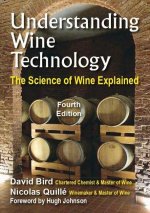
Understanding Wine Technology
136.89 zł -23 % -

Art of Beef Cutting - A Meat Professional's Guide to Butchering and Merchandising
193.74 zł -10 % -

French Patisserie
241.52 zł -7 % -
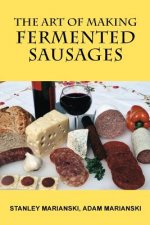
Art of Making Fermented Sausages
85.68 zł -5 % -

Malt
70.45 zł -23 % -
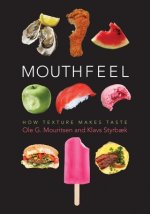
Mouthfeel
282.96 zł -
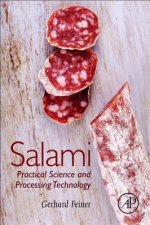
Salami
555.24 zł -
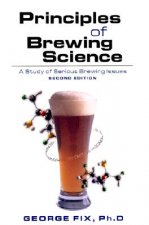
Principles of Brewing Science
123.88 zł -6 % -

Organic Chemistry of Drug Design and Drug Action
441.12 zł -6 % -

Pharmaceutical Competitive Intelligence for the Regulatory Affairs Professional
339.61 zł -
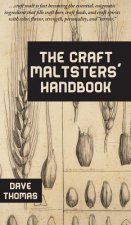
Craft Maltsters' Handbook
144.65 zł -
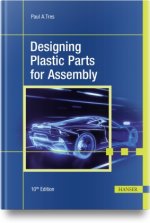
Designing Plastic Parts for Assembly
671.37 zł -

Introduction to Chemical Engineering - Tools for day and Tomorrow, 5th Edition
391.02 zł -

How To Brew
104.12 zł -7 % -

Designing Great Beers
88.80 zł -23 % -

Soapmaker's Companion
88.60 zł -11 % -
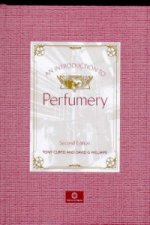
Introduction to Perfumery
420.56 zł -
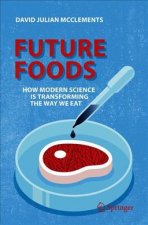
Future Foods
106.85 zł -33 % -

Camra's Home-Brewing Problem Solver
65.92 zł -17 % -
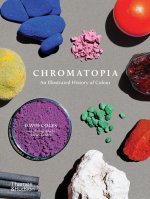
Chromatopia
88.60 zł -23 % -
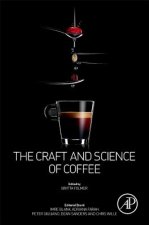
Craft and Science of Coffee
529.13 zł -9 % -
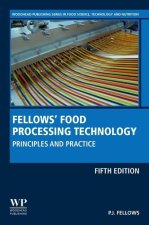
Food Processing Technology
610.18 zł -

Food Safety - The Science of Keeping Food Safe 2e
396.26 zł -

Altbier
65.11 zł -6 % -

Undiscovered Self
108.76 zł -

Note-by-Note Cooking
121.77 zł -4 % -

Formulation and Preparation of Cosmetics, Fragrances and Flavors
354.93 zł -

New Brewing Lager Beer
84.67 zł -7 % -

Microbiome, Immunity, Digestive Health and Nutrition
829.43 zł -
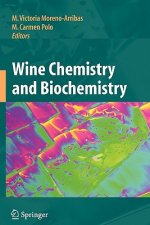
Wine Chemistry and Biochemistry
1538.01 zł -

Coulson and Richardson's Chemical Engineering
557.15 zł -

Food Microbiology
970.97 zł -

Voigt's Pharmaceutical Technology
661.19 zł -
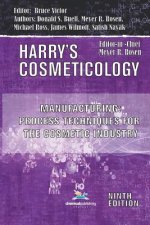
Manufacturing: Process Techniques for the Cosmetic Industry
1032.96 zł -

Oktoberfest, Vienna, Marzen
53.42 zł -6 % -
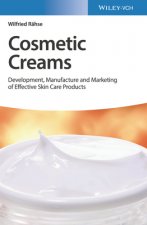
Cosmetic Creams - Development, Manufacture and Marketing of Effective Skin Care Products
708.97 zł -

Belgian Ale
42.93 zł -23 % -
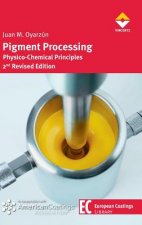
Pigment Processing
935.25 zł -

Continental Pilsener
53.42 zł -6 % -

Amber Revolution
161.79 zł -

Natural Soap Book
62.39 zł -10 % -

Cosmeceuticals and Cosmetic Ingredients
1180.04 zł -
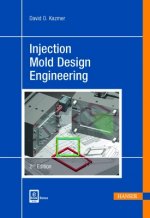
Injection Mold Design Engineering
645.06 zł -

Colour
38.09 zł -23 % -
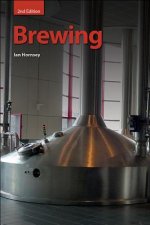
Brewing
169.55 zł -
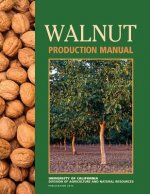
Walnut Production Manual
321.77 zł -

Emperor Of Scent
52.01 zł -23 % -

Chemical Formulary, Volume 1
224.89 zł -45 % -
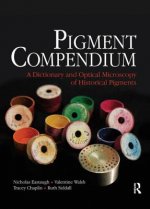
Pigment Compendium
1108.07 zł
zadowolonych klientów
Od roku 2008 obsłużyliśmy wielu miłośników książek, ale dla nas każdy był tym wyjątkowym.
Copyright! ©2008-24 libristo.pl Wszelkie prawa zastrzeżonePrywatnieCookies


 21 milionów książek
21 milionów książek Dostawa 10.99 zł
Dostawa 10.99 zł (32) 444 93 66 (8-15.30h)
(32) 444 93 66 (8-15.30h)